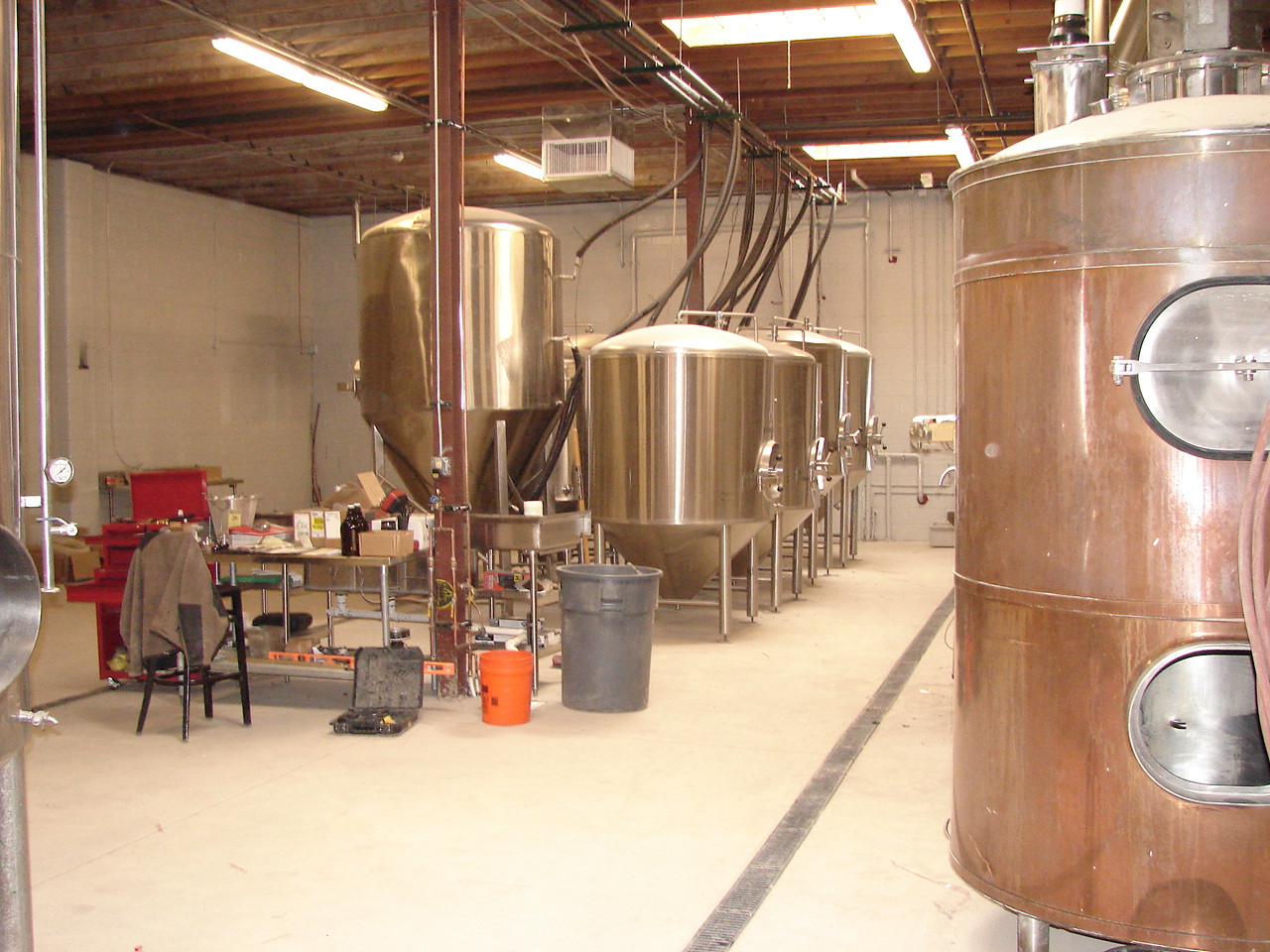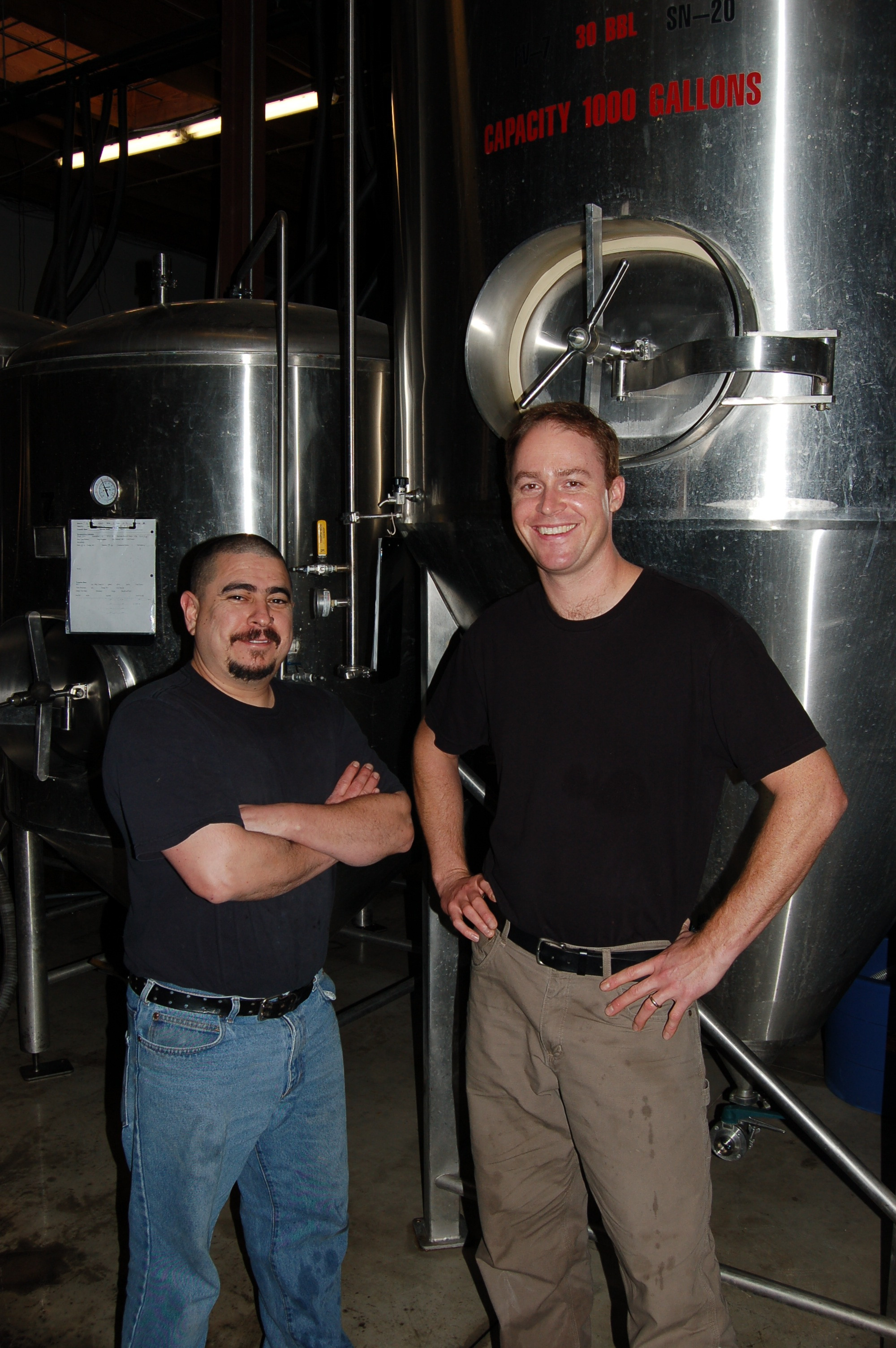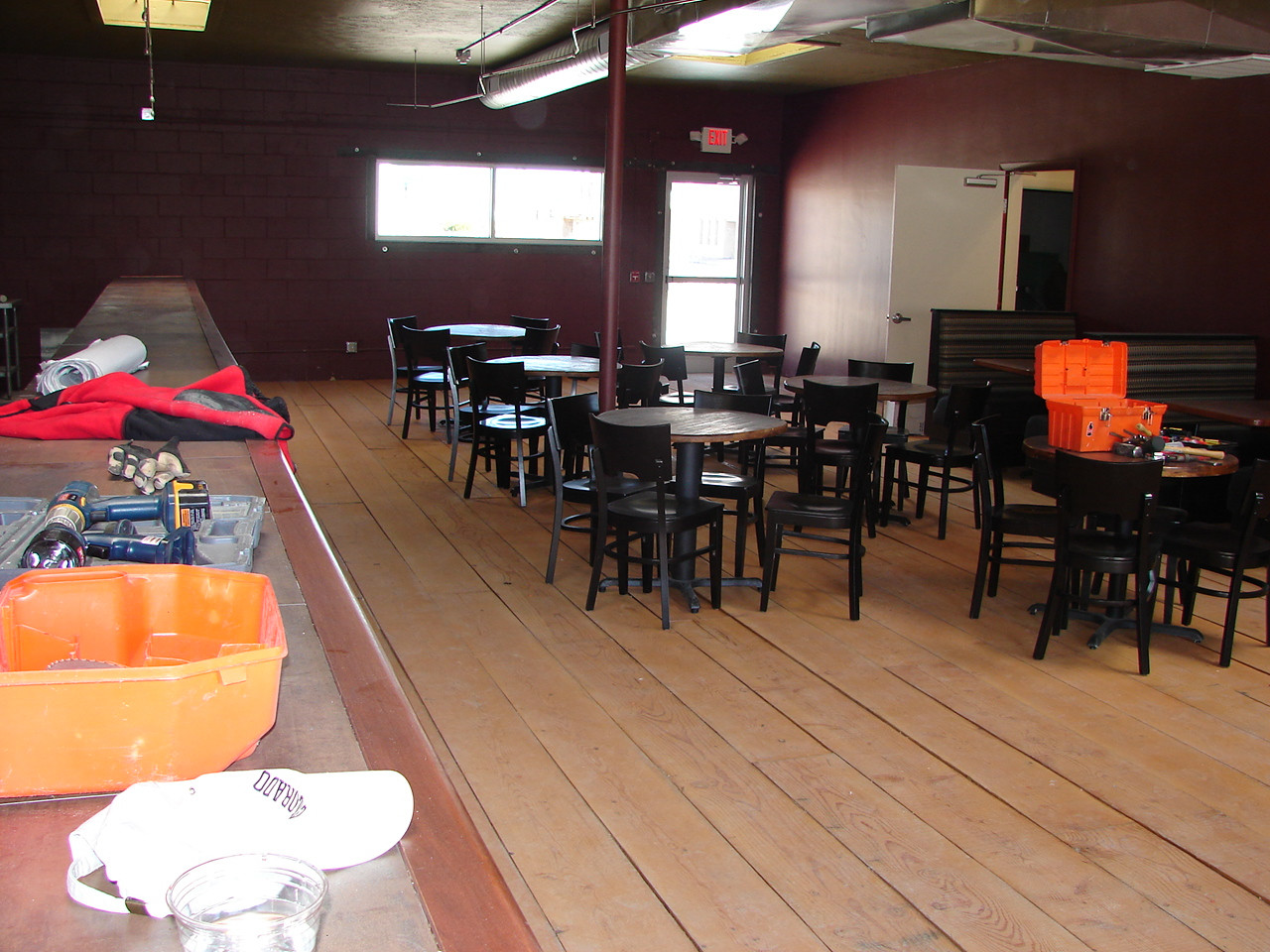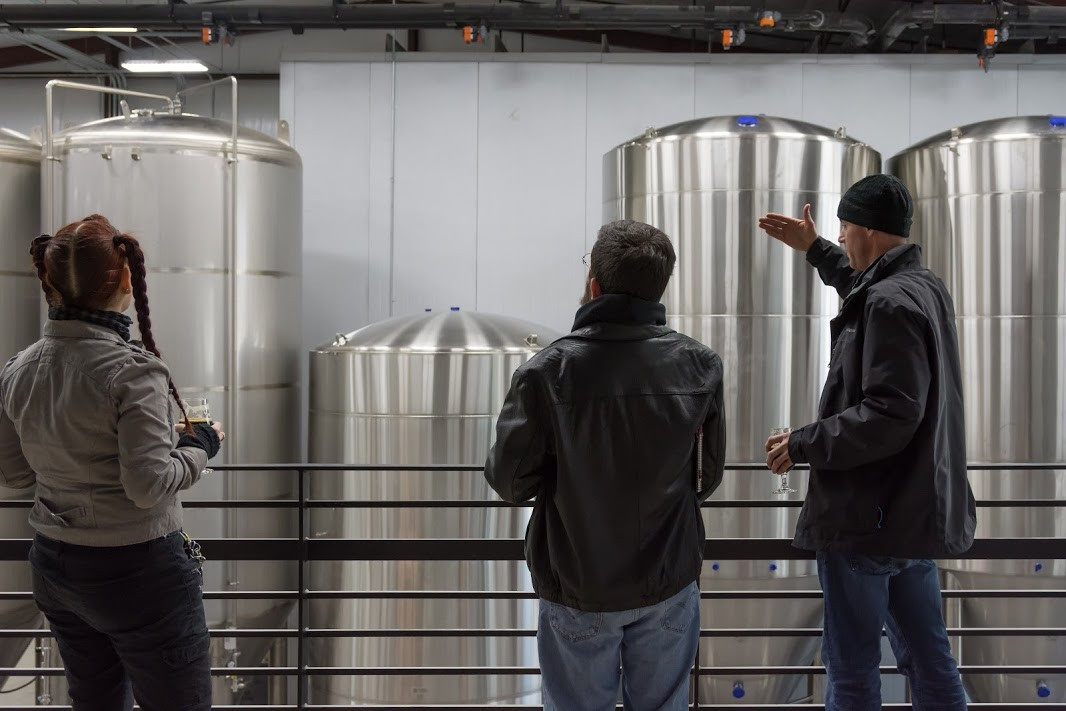In the heart of Albuquerque, New Mexico, a craft beer revolution began to take shape a decade ago, spearheaded by none other than Marble Brewery. Back in 2008, the local brewing landscape was a far cry from the vibrant scene we know today. A handful of breweries were scattered across the city and its outskirts, but the energy and innovation that define New Mexico’s craft beer now were just beginning to bubble beneath the surface. Marble Brewery emerged not just as another brewery, but as a catalyst, igniting a passion for craft beer that transformed Albuquerque and the entire state.

The Albuquerque craft brewing scene in the early 2000s was quite limited. Years of brewery closures had dwindled the options to a mere few within Albuquerque’s city limits. Mainstays like Chama River, Il Vicino, and Kellys were holding the line, alongside suburban breweries Tractor in Los Lunas and Turtle Mountain in Rio Rancho. Statewide distribution was even more concentrated, with Santa Fe Brewing and Sierra Blanca in Moriarty being the primary packaged beer providers, the latter having recently acquired Albuquerque’s Rio Grande Brewing. The stage was set for change, for something new to energize the local beer community.
That change arrived on April 23, 2008, when eager crowds gathered outside a renovated warehouse at the corner of Marble Avenue and First Street. This wasn’t just another brewery opening; it was the unveiling of a novel concept for New Mexico. Marble Brewery was designed to be a production brewery that also served beer directly to consumers in a taproom setting. Strikingly, it lacked a kitchen, focusing purely on the beer itself – a bold move that hadn’t been attempted on such a scale in New Mexico before.
With the opening of Marble Brewery, the modern Albuquerque craft beer scene was effectively born, radiating outwards to influence the entire state of New Mexico. To understand the journey of this pioneering brewery, we sat down with President and founding brewmaster Ted Rice, who shared insights into the brewery’s history as it marked its 10th anniversary.
Ted Rice brought a wealth of experience to Marble Brewery, having previously elevated Chama River into an award-winning brewery. Together with original partners John Gozigian and Jeff Jinnett, Ted envisioned a new brewery model, one that moved beyond the traditional brewpub format and focused intently on the craft of brewing.
“I remember the day we were searching for locations for this new brewery, one that we were determined would be 100-percent beer-centric, without a restaurant,” Ted recounted. “The building at 111 Marble Avenue was the last one we considered. Its proximity to downtown, ample parking, and the existing layout – roughly a third suited for a pub and two-thirds for production – struck us as absolutely perfect.”

The name, Marble Brewery, was inspired by its location on Marble Avenue, a fitting tribute suggested by John and Jeff, Ted explained. From there, Ted and Daniel Jaramillo, now of La Cumbre Brewing Co., embarked on transforming the empty warehouse into a functional brewery.
“When I assessed the space, approximately 5,000 square feet was dedicated to brewing,” Ted stated. “Coming from Chama River, where I was producing 1,600 barrels annually, the prospect of brewing 5,000 barrels in 5,000 square feet seemed more than adequate. However, we sold 5,000 barrels in our very first full year. From that point, it became a continuous effort to integrate as much equipment as possible into the space, ultimately leading to our outdoor fermentation tank area.”
The brewery equipment, including the forklift, bottling line, and brewhouse, was acquired from a defunct brewery in South Bend, Indiana, shipped across the country to Albuquerque. Interestingly, the original brewhouse remains in operation today at Smog City Brewing in Torrance, California.
“I don’t think I had ever set up a brewery from the ground up before,” Ted admitted. “While I had worked in several breweries and toured many, building one from scratch was new. The Marble brewery space evolved organically as we added equipment, but the core structure remained consistent. Putting it all together felt surprisingly straightforward.”
“Daniel Jaramillo and I worked hard to produce the initial batches to get us open,” Ted continued. “The opening day reception was unforgettable. We were packed immediately and consistently. It was clear that Albuquerque was ready for more beer, new beer styles, and a fresh, enjoyable place to experience it.”

A significant influence on Marble Brewery’s model was the old Chama River Microbar downtown, located behind the Sunshine Theater. This small bar offered a glimpse into a different approach to beer service.
“It was definitely a different model,” Ted reflected. “We weren’t claiming to have invented it. But, no one in town was concentrating on both production and immediate consumption in this way. We observed the success of the Microbar on Second Street, a small space solely dedicated to selling beer. Our idea was to create a brewery that would eventually bottle, can, and keg beer, alongside a space where people could sample our beers. Initially, it might have been envisioned more as a tasting room for quick samples and packaged beer purchases, but it organically evolved into a community hub for beer appreciation.”
The concept of a brewery taproom focused solely on beer, without food service, was groundbreaking in New Mexico. Marble Brewery’s success paved the way for numerous breweries to adopt similar models, starting with La Cumbre in December 2010. While some opted for the brewpub model, often with innovative twists like Nexus Brewery in May 2011, Marble demonstrated the strong demand for quality craft breweries in Albuquerque. This initial spark ignited a boom that continues to this day, with around 30 breweries now operating within Albuquerque and even more in the surrounding areas and planning stages.
“I believe both the state and the nation were ready for this shift,” Ted noted, “as we saw many breweries opening across the country shortly after us. But, I truly feel that our success here in Albuquerque inspired and generated momentum for others to confidently pursue a beer-focused model, trusting that communities and beer lovers were ready for beer-centric establishments open from noon until midnight.”

The journey from a grassroots startup to the expansive Marble Brewery of today wasn’t without its challenges. Taproom expansions saw successes like the Westside location and setbacks like the Santa Fe venture. The rebranding in early 2014, featuring a new logo and imagery, including the “Maverick” character, received varied reactions. Moreover, Marble quickly outgrew its original downtown footprint.
“At one point, the tanks were so close to the brewhouse that maneuvering a scissor lift was impossible, and you had to be constantly mindful of head space,” Ted recalled.
The significant downtown expansion, which included a larger patio, a rooftop deck, and the towering fermentation hall, significantly alleviated space constraints for both staff and patrons. The addition of a second, smaller brewery, the MavLab, within the Heights taproom in 2016 further streamlined operations. This allowed the downtown brewing team to focus on core beers for packaging, while brewmaster Josh Trujillo could explore experimental and innovative brews at MavLab, ensuring a constantly evolving tap selection.
“It’s easy to forget the many pints poured between then and now,” Ted chuckled, “but I knew from my experience in Albuquerque that IPA would be our top seller from day one. We also had offerings like Oatmeal Stout and an Amber Ale. It was Stan Hieronymous who suggested including a wheat beer in our lineup, citing the immense popularity of Blue Moon and its sales volume exceeding entire portfolios of brands like Sam Adams. The first wheat beer I developed was Wildflower Wheat. Since then, we introduced Double White, and its success speaks for itself.”
Double White has since become Marble’s best-selling beer, though the title of most awarded beer belongs to the Pilsner, which wasn’t part of the initial 2008 lineup but was developed later.
“We had a kolsch in the early days,” Ted mentioned. “I might have also experimented with a blonde ale at some point, my memory is a bit hazy. Eventually, we refined our Pilsner, which has become one of our proudest classic beers.”

Marble Brewery started with eight beers on tap, a number that has significantly expanded over time.
“Now, with our expansions and innovations, including the Heights brewery and MavLab, we offer up to 17 beers on tap downtown and nearly 25 at the Westside location,” Ted explained. “We’ve reached a point where we can consistently brew our beloved classics – IPA, Red, and Double White – for distribution, while MavLab, under Josh Trujillo’s guidance, continuously crafts exciting and innovative flavors. From eight beers on tap initially to up to 25 at one location, it’s quite remarkable growth.”
Marble was also among the first breweries to embrace live music as an integral part of the taproom experience. Many local bands and musicians owe opportunities to Marble and other breweries that host live music, particularly in an era where music venues are increasingly scarce.
“From the outset, when I first saw this space, I envisioned a stage over there,” Ted said, gesturing. “Live music has always been a passion of mine. Walking through our patio recently, I thought about how great it is to be back in music season with the warmer weather. Enjoying a great beer with friends while listening to live music is something I could do every day. We are committed to supporting the local music scene. We never charge a cover for our bands. Live music is an amenity we offer, and we’re happy to support it.”

Marble Brewery also recognized early on the power of social media as a vital communication tool with its customer base. The key was bringing in the right expertise to manage this aspect of the business effectively.
“We understood the importance of having a dedicated, experienced professional to communicate clearly and consistently about what we stand for and our brand,” Ted stated. “Leah Black’s expertise has been instrumental in getting the word out about Marble’s events. For a company of our size, relying on a random bartender to tweet just isn’t sufficient anymore. With three locations, distribution, music, food trucks, and new beers, it’s a constant conversation.”
“That’s what I truly love about our operation,” Ted concluded. “We are more than just a beer manufacturer for distribution. We are crafting character and celebrating it every day at Marble Brewery New Mexico.”
We extend our sincere thanks to Ted for once again sharing the story of Marble Brewery. And a final recommendation: do yourself a favor and order a pint of Stout Americano – it remains as delicious as ever.
Cheers!
